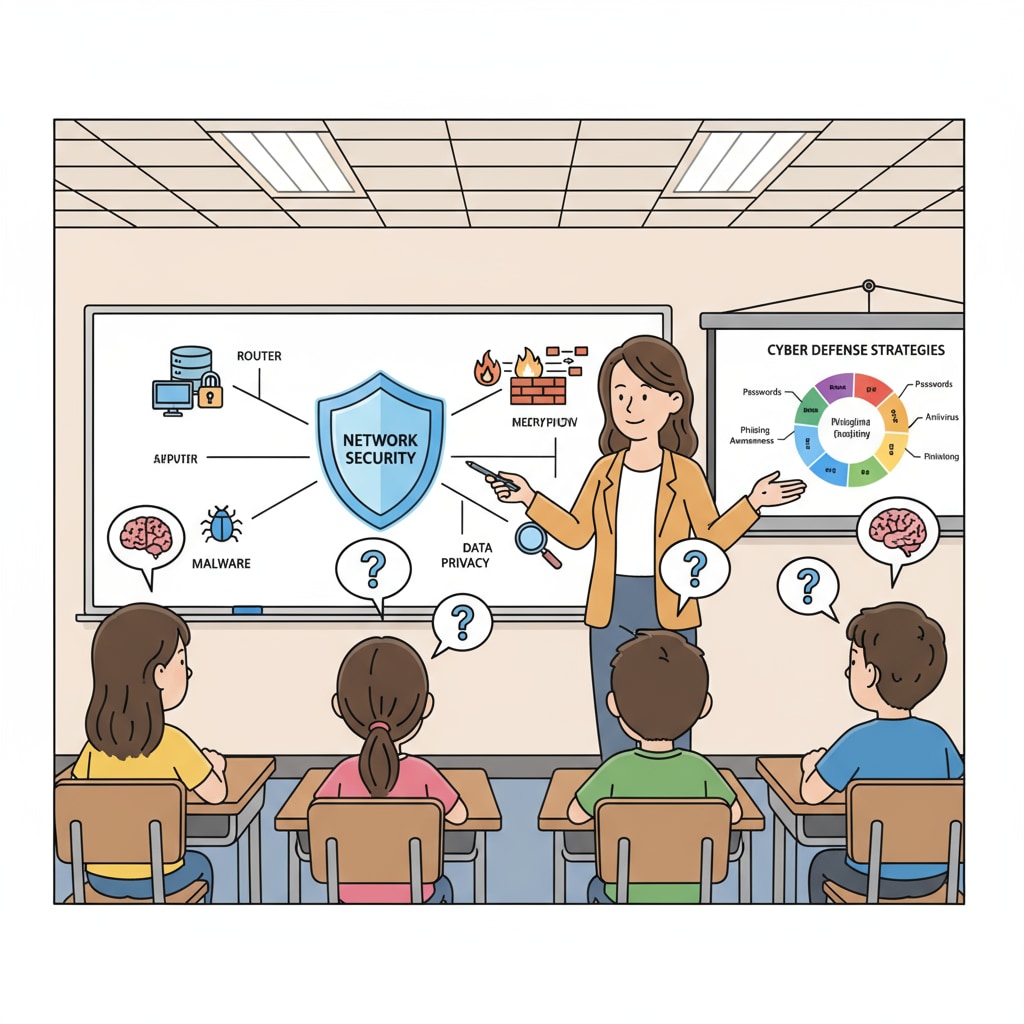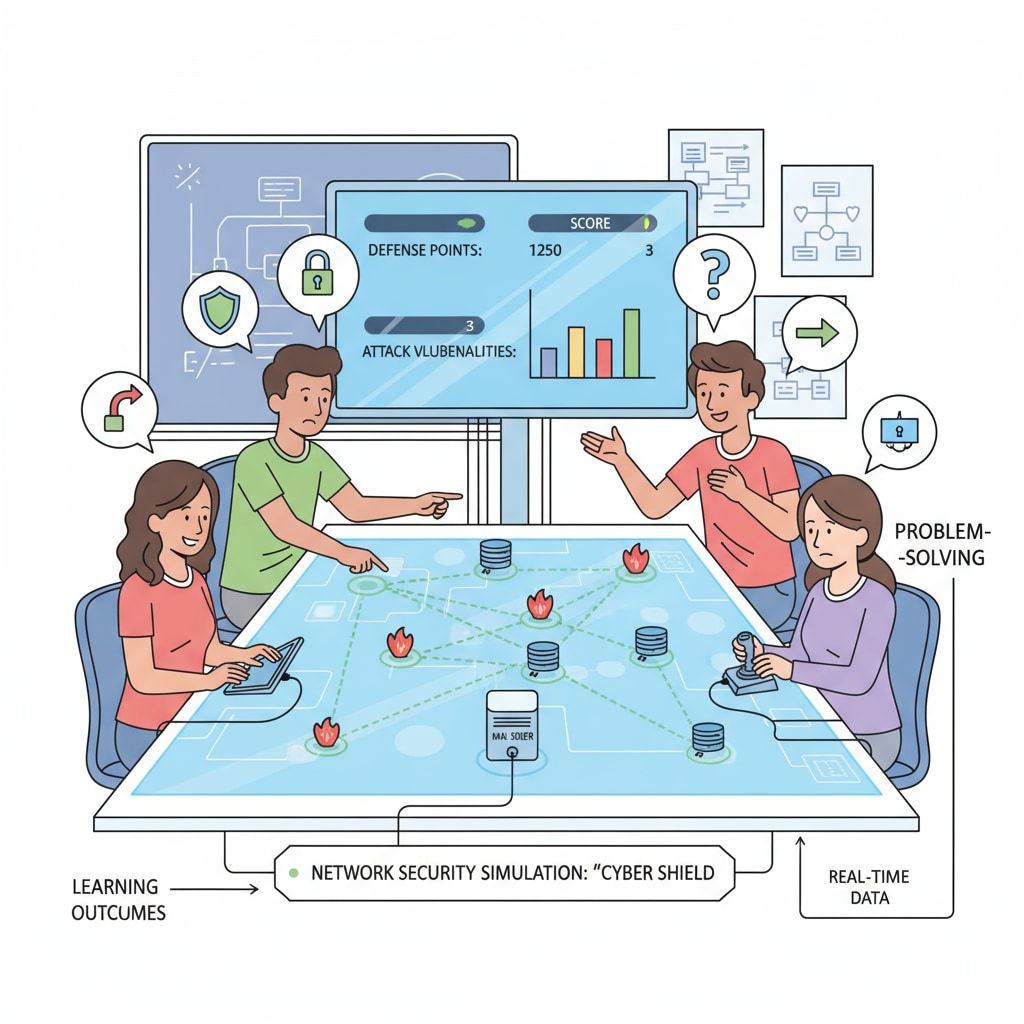Network security education, student engagement, and teaching methods are of utmost importance in K12 education. As technology continues to evolve, students are increasingly exposed to the digital world, making it essential for educators to equip them with the knowledge and skills to navigate it safely. However, teaching network security to K12 students comes with its own set of challenges. In this article, we will explore effective strategies to overcome these challenges and ensure that students not only understand but can also apply network security concepts in their daily lives.

The Challenges in Network Security Education for K12
One of the primary challenges is the complexity of network security concepts. Terms like encryption, malware, and phishing can be difficult for young students to grasp. Moreover, the constantly evolving nature of threats in the digital realm means that the curriculum needs to be updated regularly. Additionally, maintaining student engagement can be tough, as the subject matter may seem dry or abstract to them. For example, a study by ISTE (International Society for Technology in Education) shows that many students lose interest in traditional lectures about network security.
Engaging Students in Network Security Education
To enhance student engagement, educators can use real-life examples. For instance, telling stories about how someone’s personal information was stolen due to a phishing scam can make the concept more relatable. Incorporating games and simulations is also a great way to engage students. Platforms like Cybersixgill offer ideas on creating cybersecurity games. These activities not only make learning fun but also help students better understand the practical implications of network security.

Another approach is to involve students in projects. For example, having them create posters or short videos about network security tips. This not only engages them but also helps them internalize the knowledge as they research and present the information in their own way.
Effective Teaching Methods for Network Security
Visual aids are extremely useful in teaching network security. Diagrams explaining how malware infects a system or how encryption works can simplify complex ideas. Teachers can also use videos, which are often more engaging than text-based explanations. Additionally, hands-on activities are crucial. Letting students experiment with security software or setting up a simple network security system in the classroom can give them a better understanding of how things work.
Group discussions can also be a powerful teaching tool. Encouraging students to share their thoughts and experiences related to network security can lead to a deeper understanding of the subject. Teachers can pose questions like “What would you do if you received a suspicious email?” and let the students discuss and learn from each other.
The Role of CYA Security Project in K12 Network Security Education
The CYA Security project plays a significant role in making network security education more accessible and understandable for K12 students. It uses simplified language and interactive materials to convey important concepts. The project provides resources such as age-appropriate worksheets, online courses, and animated videos that can be integrated into the classroom curriculum. This helps teachers in delivering effective network security education and ensures that students are well-prepared to face the digital challenges ahead.
Readability guidance: In this article, we have used short paragraphs and lists to summarize key points. Each section has provided practical strategies. The use of real-life examples, visual aids, and hands-on activities aims to enhance student engagement. By addressing the challenges and implementing effective teaching methods, we can ensure that K12 students are well-versed in network security.


